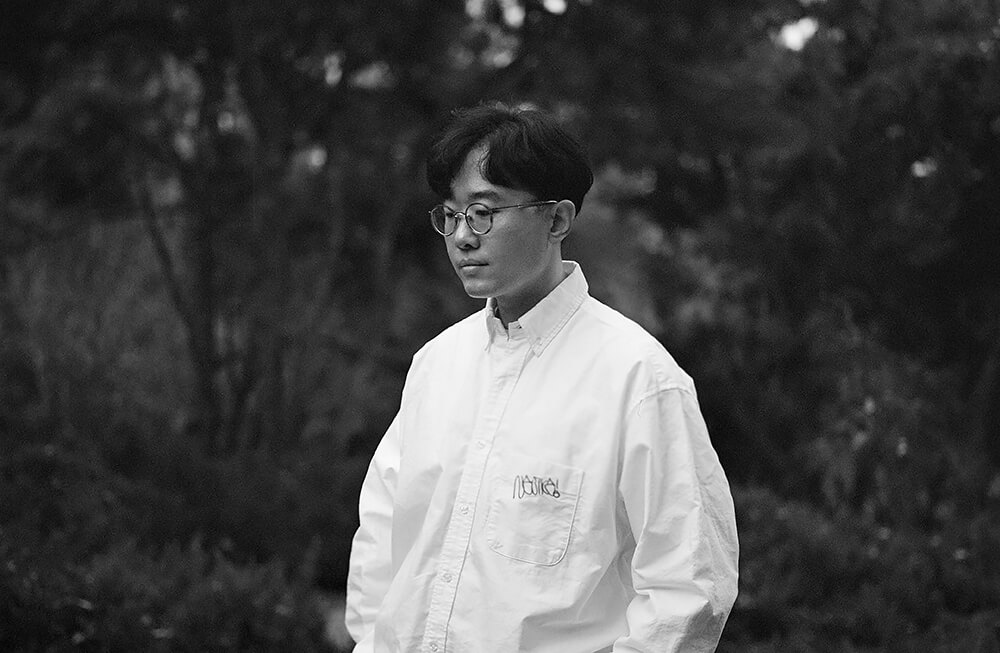My name is Zhang Chenglong, a filmmaker and photographer. I was born in 1987 in Liaoyang, a small city in northeast China, where I have lived for 16 years.
When I was in high school, I studied in an art high school and majored in drama performance for three years, which was my first contact with art and drama. As a dramatic actor, I performed Shakespeare's plays and learned Stanislavski's and Brecht's theories. Many of these were beyond my comprehension at that time, but the experience of stage practice had a profound impact on my later study and creation.
I graduated from the Communication University of China, majoring in cinematography and film directing. These learning experiences have shaped my approach to photography. In my photographs, I focus more on the people themselves, about our emotions, conditions, and mysteries. I believe these are the eternal themes of photography, the silent images that can change us and the world. My current career is in film production and photography, living and working in Beijing.
This year, I started submitting my work to international photo competitions. At present, I have been selected to participate in the Street Photography Masters Exhibition at the Glasgow Photo Gallery in the UK, and won the AAP Special Excellence Award for street photography in the United States. I will continue my street photography projects and try more types of photography creation.
